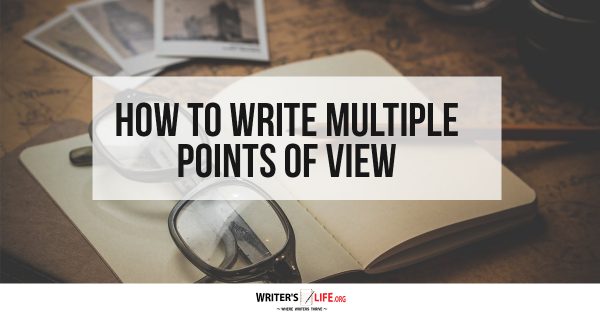- How To Tackle Jealousy In Creative Writing
- Common Submission Mistakes
- How To Stop Your Blog Becoming Boring
- The One Thing Every Successful Writer Has In Common
- How To Make Yourself Aware Of Publishing Scams
- Why Almost ALL Writers Make These Grammar Mistakes At Some Point
- 5 Tips For Authors On How To Deal With Rejection
- Top Mistakes to Avoid When Writing a Novel
- How to Avoid Common New Writer Mistakes
- 10 Mistakes New Fiction Writers Make
How To Write Multiple Points Of View

Writing a book with multiple points of view is one of the most challenging ways to tell a story and requires juggling and balancing various personalities, points of view and motivations, as well as the ability to pull these together to create a narrative that not only makes sense but is compelling and read-worthy too.
However, done right and using multiple points of view can provide added layers of insight and intrigue to a story and can be a smart and insightful way to widen the readers perspective and allow them to get to know multiple characters in more depth.
Before you get started, it is essential to make sure that telling your story from multiple points of view is the right decision. List the reasons why your story would benefit from using this narrative device and be clear on why this will enhance your story. For example, by giving your reader a broader insight into the world you are creating, or allowing different secrets to come out through the different perspectives giving the reader information that other characters in the story do not have.
Once you have decided to go ahead and use multiple points of view, here are some useful tips to ensure you make this as effective as possible.
Be clear and distinct when switching point of view.
There is nothing worse than confusing your reader, and the danger of doing so is far greater when using multiple points of view. Be very clear when you are switching from the perspective of one character to another. Only changing when beginning a new chapter is usually a more natural way to keep switches defined and easy to follow.
Have distinct characters and voices.
If you are using multiple points of view, make sure that they are all distinctive and exciting enough to stand alone in your story. Each character should have a unique voice and personality that feels utterly separate from the others.
Make everyone as important as each other.
Each point of view needs to come from a character that’s the hero of their own story. Give equal importance to each character and make sure that they all have their journeys, struggles, conflicts and obstacles to overcome which make the reader interested in them and want to hear more from their point of view.
Don’t repeat the same scenes over and over.
Telling the same scene from each character's point of view runs the risk of boring your reader and not allowing the story to move forward. Of course, there are times where it is essential to reveal the same scene from a different character's perspective, but unless truly necessary to the plot, try to avoid this.
Plan, plot and have a good strategy.
There needs to be a reason you are using a particular character to reveal a specific scene. Ask yourself why that character works best to tell that part of the story, what insight they bring and make sure they are the best man/woman for the job! Planning how the points of view will come together and which character to use to tell which bit of the story will make sure things don’t get confusing, and that there are no inconsistencies in your story either.
Writing from multiple points of view is tough, but done right can be incredibly smart and a useful device to intrigue your reader, to bring different levels to your story and to give the reader a whole cast of characters to fall in love with. If you are thinking of using multiple points of view to tell a story to remember to keep your reader in mind and use the tips above to help ensure you do it well.

Bethany Cadman -author of 'Doctor Vanilla's Sunflowers'

























